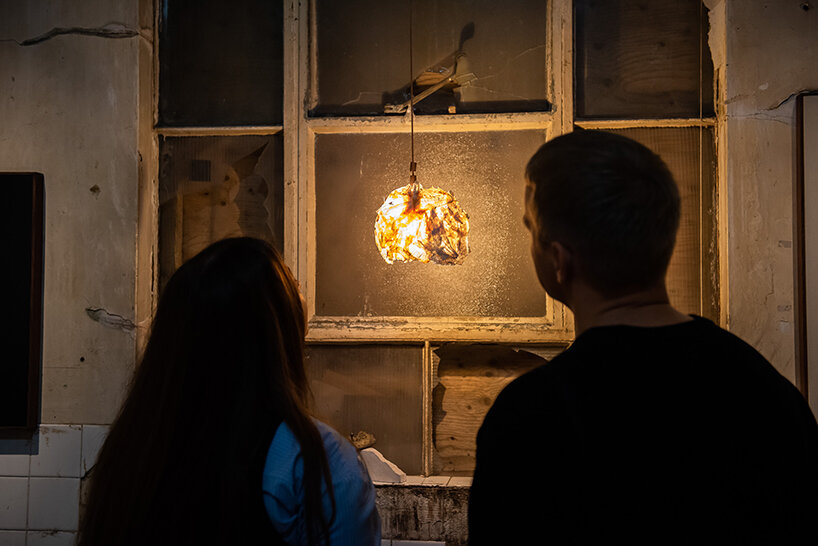
drawing on the origins of the orange from the Himalayan foothills | image by Max Colson

through APeel, Parmar transforms waste citrus peel into a versatile material | image by Max Colson
KEEP UP WITH OUR DAILY AND WEEKLY NEWSLETTERS
amid the rush of a hyper-accelerated world, the hue stands in for a blank canvas.
connections: 45
designboom radar rounds up a list of must-see exhibitions around the world to check out during the month of december.
connections: +160
running until july 26th, 2026, the show marks the first time wes anderson’s archives have been publicly displayed in the UK.
connections: +190
the spiral structure follows principles of fluid dynamics and thermodynamics to optimize heat distribution.
connections: 94

























